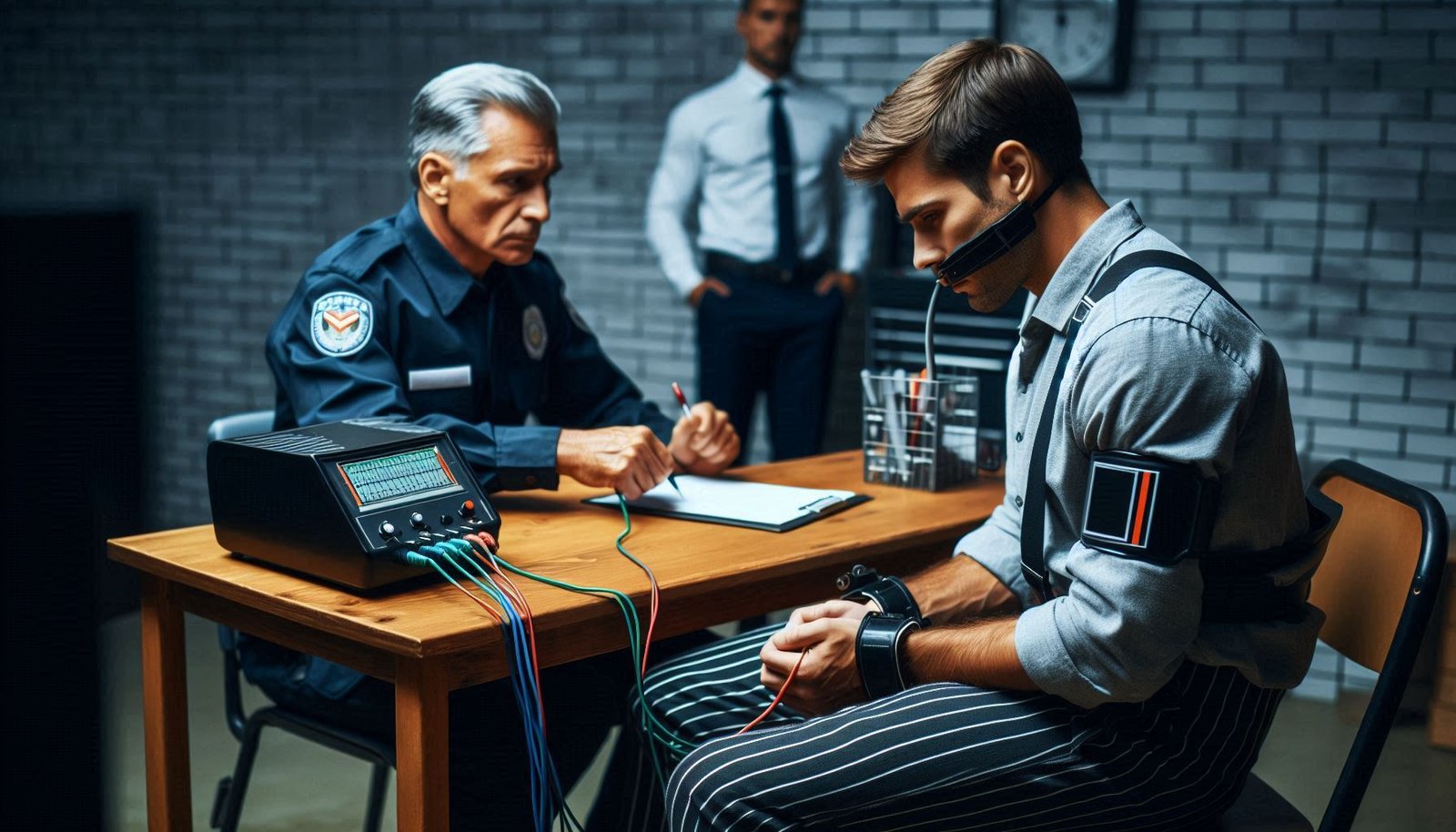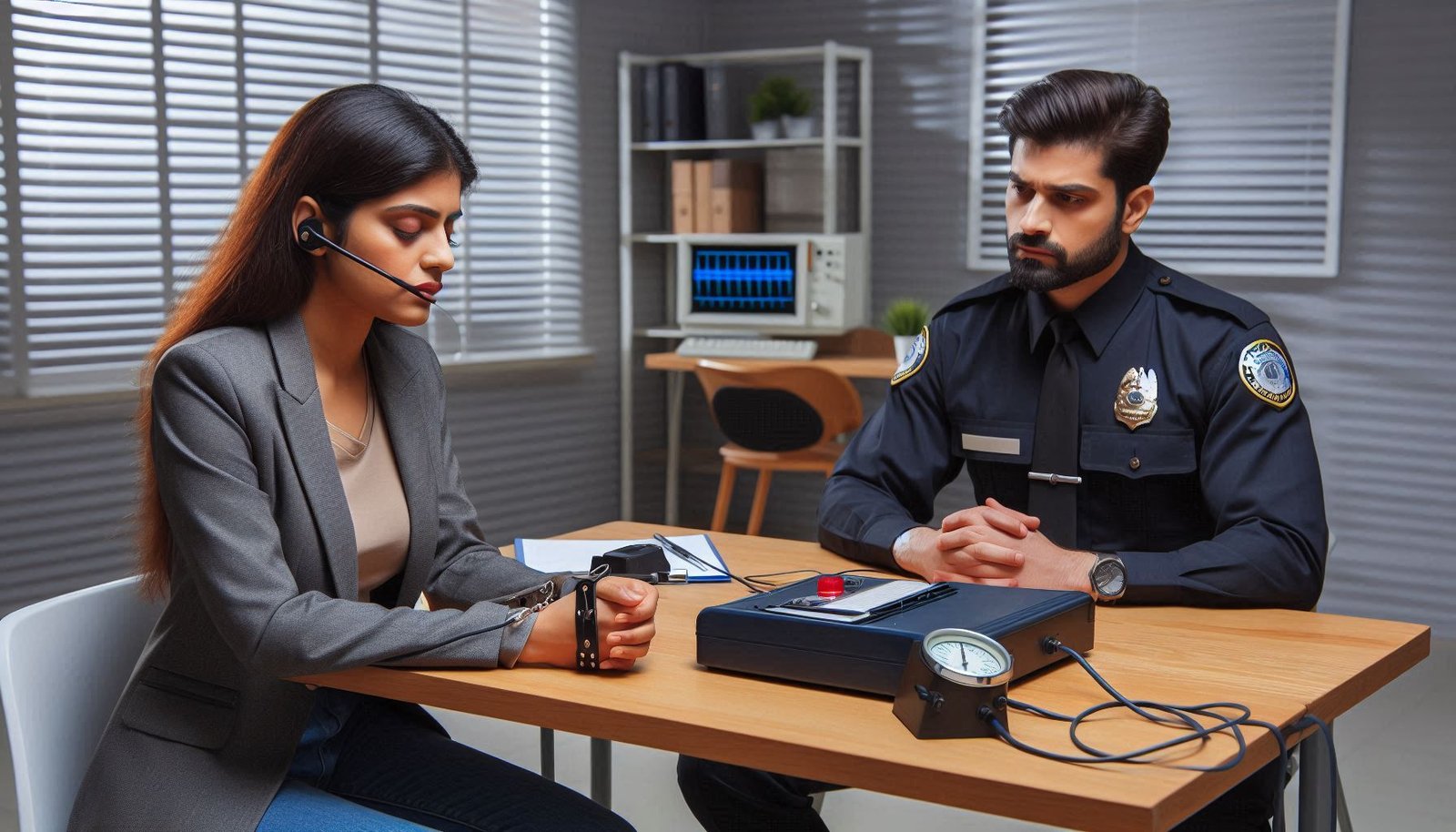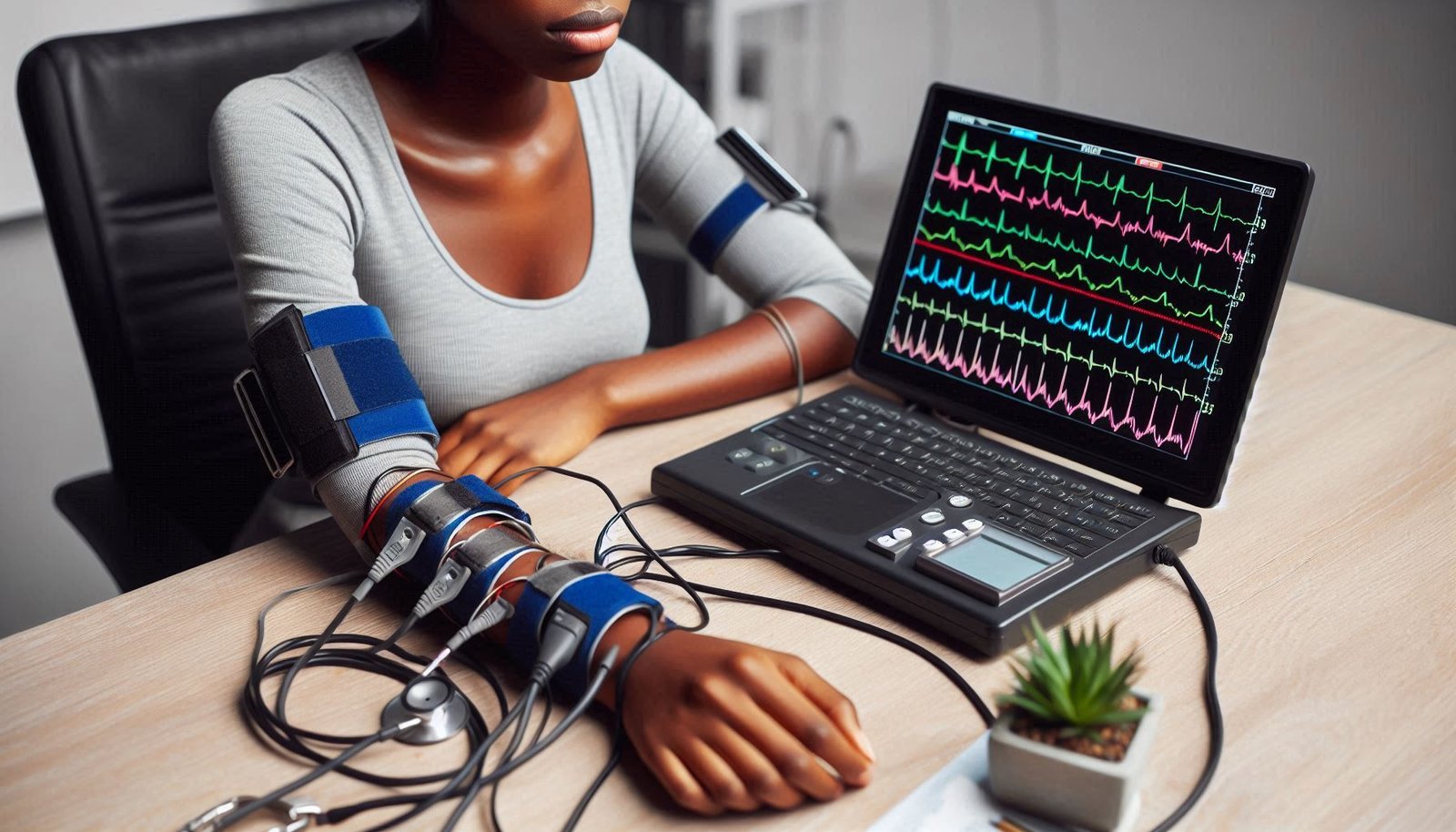
Lie Detector Tests: How They Work Accuracy and Applications
Lie detector tests, commonly known as polygraph tests, have long fascinated people as a way to determine the truthfulness of individuals. Whether seen in movies, crime shows, or real-life investigations, the idea of using a machine to detect lies can seem almost magical. But how do these tests actually work? Are they really as reliable as they seem? And where are they most commonly used? In this article, we’ll dive into these questions and more, providing a clear and simple explanation of lie detector tests, their accuracy, applications, and the ethical concerns surrounding them.
How Lie Detector Tests Work
At the core of a lie detector test is the belief that lying can cause physiological changes in the body. When someone lies, they might experience stress or anxiety, leading to measurable changes in heart rate, blood pressure, respiration, and skin conductivity. The polygraph machine records these changes, which are then analyzed to determine if the person is being truthful.
Components of a Polygraph Machine
A polygraph machine consists of several key components:
- Pneumographs: These measure the person’s breathing patterns by wrapping around the chest and abdomen.
- Galvanometers: These measure skin conductivity, often referred to as the “sweat test.”
- Cardiographs: These measure heart rate and blood pressure.
- Cuff: Similar to a blood pressure cuff, it is placed around the arm to monitor changes in blood pressure.

The Process of Conducting a Lie Detector Test
The lie detector test typically begins with a pre-test interview, where the examiner discusses the questions that will be asked. The individual is then connected to the polygraph machine, and the test begins. Questions are asked in a specific order, often starting with neutral questions to establish baseline readings. The examiner then compares responses to control questions with those related to the topic of concern. A post-test interview may follow, where the results are discussed.
Accuracy of Lie Detector Tests
Factors Affecting Accuracy
The accuracy of lie detector tests has been a topic of debate for many years. While proponents claim high accuracy rates, others argue that the results can be influenced by various factors:
- The examiner’s skill: A well-trained examiner can make a significant difference in the accuracy of the test.
- The test subject’s condition: Factors like nervousness, medication, or health conditions can affect the results.
- The environment: External distractions or discomfort can also influence the readings.
Applications of Lie Detector Tests
Law Enforcement
One of the most well-known uses of lie detector tests is in law enforcement. Police and investigative agencies may use polygraphs during criminal investigations to assess the credibility of suspects or witnesses. However, the results are usually not admissible in court due to concerns about accuracy.
Employment Screening
Some employers, particularly in sensitive industries like security or government, use lie detector tests during the hiring process. These tests can be used to verify the background of potential employees or to assess their honesty and integrity.
Personal Relationships
Though less common, some individuals use lie detector tests in personal relationships, particularly in cases of infidelity or trust issues. While this can provide some peace of mind, it’s essential to approach such situations with caution, as the results may not always be accurate.
Limitations and Ethical Concerns
Lie detector tests have several limitations, including the potential for false results and the reliance on the examiner’s interpretation. Additionally, there are significant ethical concerns surrounding their use. Critics argue that polygraphs can infringe on privacy, cause unnecessary stress, and may be misused in situations where the stakes are high.
Common Misconceptions
One common misconception is that lie detector tests are infallible. In reality, they are not 100% accurate. False positives (indicating someone is lying when they are not) and false negatives (indicating someone is truthful when they are lying) can occur. It’s important to understand that polygraph results are not always definitive and are often used alongside other evidence.

The Future of Lie Detector Tests
While lie detector tests have their limitations, ongoing research and technological advancements may lead to more accurate and reliable methods of assessing truthfulness.
Emerging Technologies
- Brain-based lie detection: Scientists are exploring the use of brain imaging techniques, such as fMRI and EEG, to detect deception by analyzing brain activity patterns.
- Pupil dilation analysis: Changes in pupil size have been shown to correlate with emotional arousal, suggesting that pupil dilation could be used as a lie detection indicator.
- Voice analysis: Analyzing the tone, pitch, and other characteristics of a person’s voice may provide clues about their emotional state and truthfulness.
As new technologies emerge, it is crucial to address the ethical implications of their use. Concerns include privacy, the potential for misuse, and the risk of discrimination.
Conclusion
Lie detector tests have been a subject of fascination and controversy for many years. While they have their limitations, they continue to be used in various settings. As technology advances, it is likely that new and improved methods of assessing truthfulness will emerge.
Lie detector tests are not 100% accurate. While they can indicate deception, factors like the subject’s nervousness or the examiner’s skill can affect the results.
In most jurisdictions, lie detector test results are not admissible in court due to concerns about their reliability.
A typical lie detector test, including the pre-test and post-test interviews, can take between one to three hours.
There are claims that individuals can “beat” a lie detector test by controlling their physiological responses. However, this is difficult and not guaranteed.
Lie detector tests are commonly used by law enforcement agencies, employers in sensitive industries, and sometimes in personal relationships.